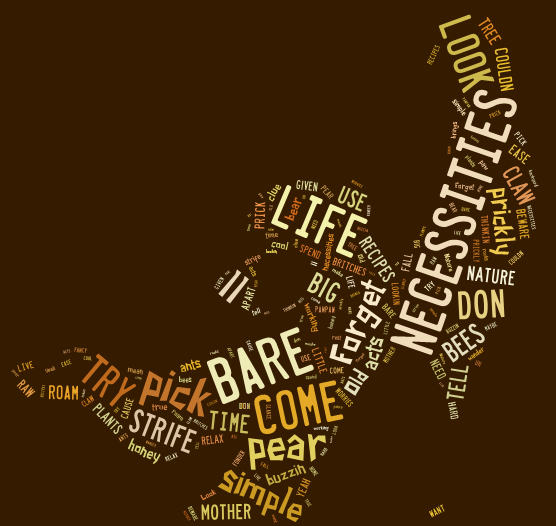The implications of Web.2 technology on my future practice.
According to Richardson (2008), the use of Web.2 technology, used correctly, facilitates a social and creative learning environment in which children create a pool of learning that they can all dip into. After all, children are living their lives in a creative and social digital world. A teacher that is confident in their approach using Web.2 will enable a high level of engagement, starting from a high level of knowledge and skill makes for better delivery, therefore allowing children to access it on their level (Carrington and Robinson, 2009).
The use of Web.2 in the classroom could still be classified as being on the cutting edge of technology, this is due to the speculation of its worth by some educators (Carrington and Robinson, 2009). It is therefore of some importance that teachers using this approach think carefully with their planning, ensuring that they consider any limitations or potential overshadowing of the learning objective, the use of Web.2 must always have a positive impact (Allen, Potter, Sharp & Turvey, 2001). To ensure that the benefits of using this technology are sustained, the teacher should be prepared to keep up-to-date with the evolution of Web.2. To maximise the impact on engagement, a range of resources must be used within the classroom. Any technologies used must also be evaluated as to their safety of appropriateness (Halsey, 2007).
My biggest use of Web.2 technology in the classroom so far was the creation of a class Google Site with year 6 as a means to present learning and work during a crime and punishment topic. Children collaboratively added links to useful information and videos, slideshows, uploaded their own written work, and eventually added their group documentary videos. Children were also able to use the comments feature of the site in order to peer assess. During the same placement, as it was the end of the school year, a password protected class blog was created with entries from the children detailing their highlights and accomplishments during their time at the school. The children were then given laminated cards detailing the blog URL and password with the idea that they could re-visit the blog at the end of their secondary school education.
When planning the use of these technologies, my primary concern was the safety of the children and the appropriateness of what they may see online during the process. I had to ensure that the website and blogs were not visible to anyone but to those with the URL and passwords were used as a second line of protection. The blogging site used was also of concern as some blogging sites may have inappropriate material that can be accessed easily or accidentally.
Bibliography
Allen, J., Potter, J., Sharp, J. & Turvey, K. (2012) Primary ICT Knowledge, Understanding and Practice. [5] London: Sage.
Carrington, V. & Robinson, M. (Ed) (2009) Digital Literacies: Social Learning and Classroom Practices. London: Sage Publications Ltd.
Halsey, S. (2007) “Embracing emergent technologies and envisioning new ways of using them for literacy learning in the primary classroom” in English Teaching: Practice and Critique, 6 (2) pp. 99-107 [online] http://files.eric.ed.gov/fulltext/EJ832191.pdf (Accessed: 27/03/14).
Richardson, T. (2008) How Web 2.0 has
changed the face of education. NCC [online]
http://www.ncc.co.uk/article/?articleid=13295 (accessed
27/03/14).

No comments:
Post a Comment